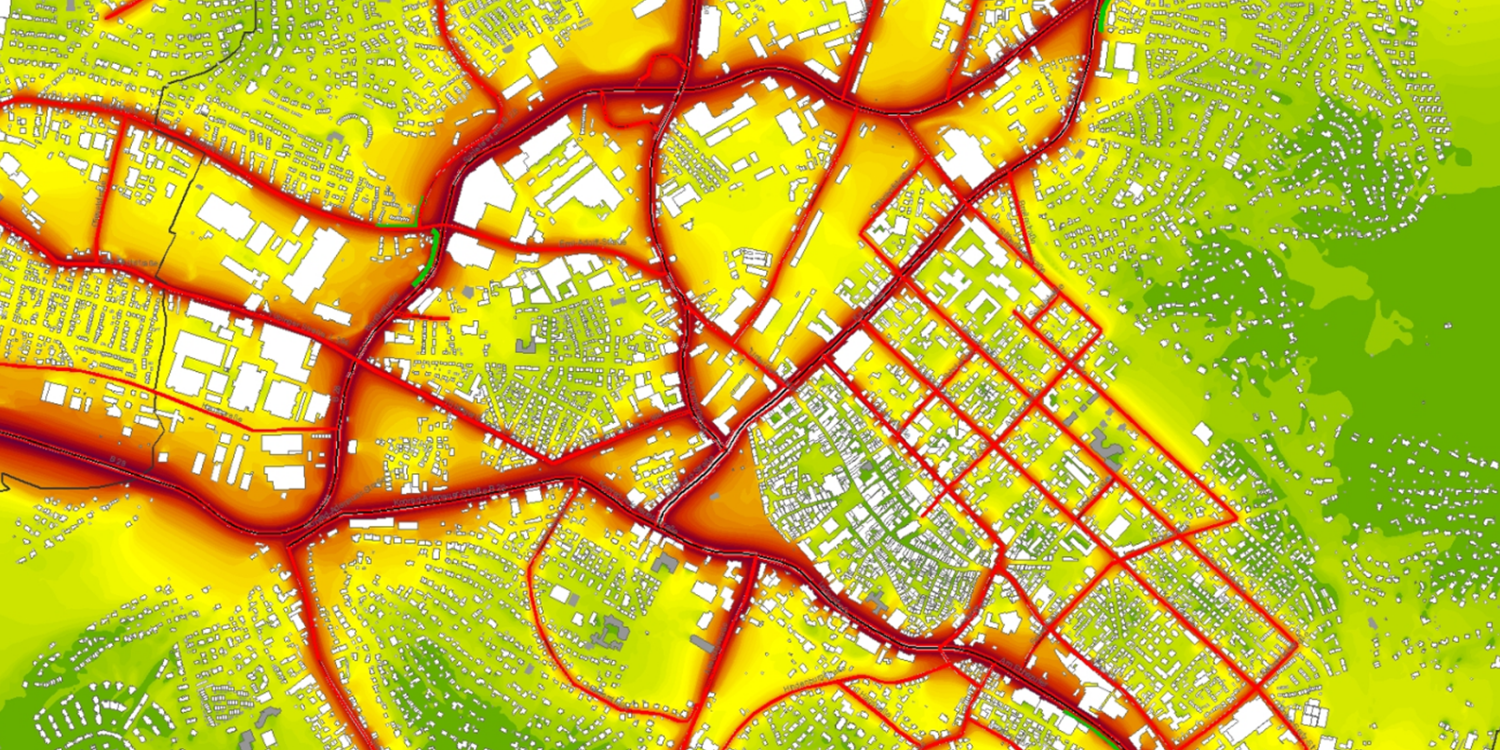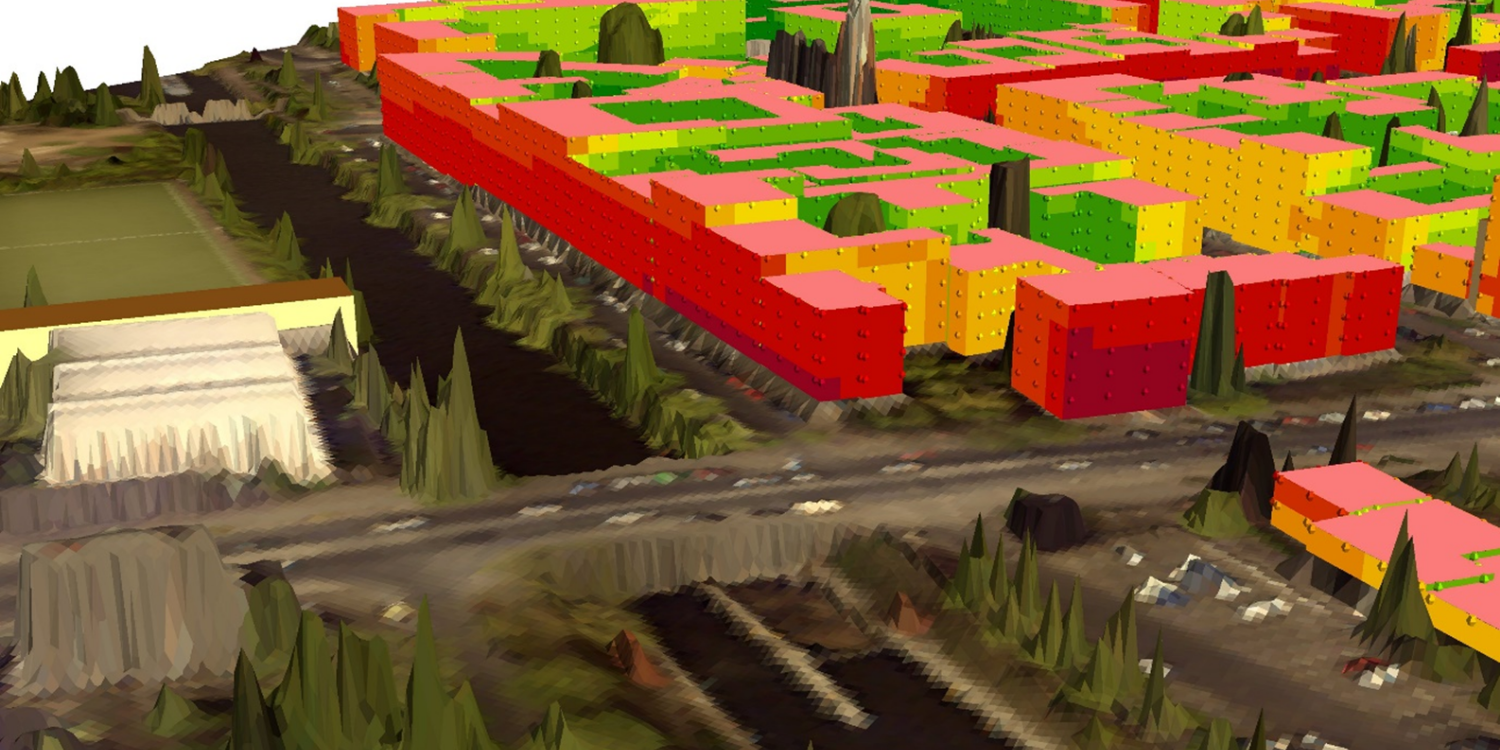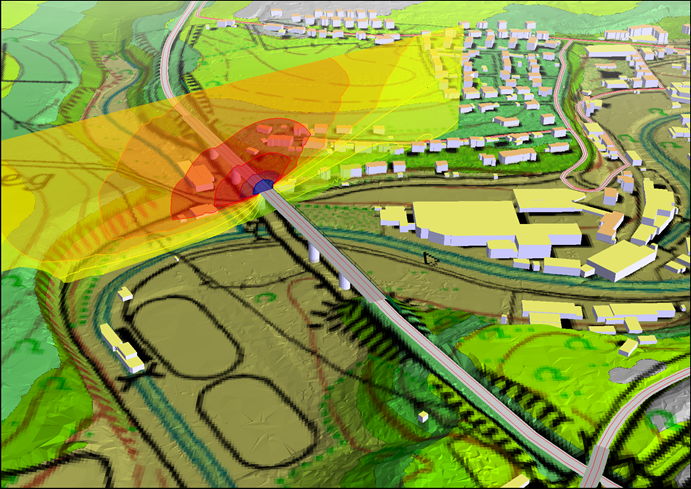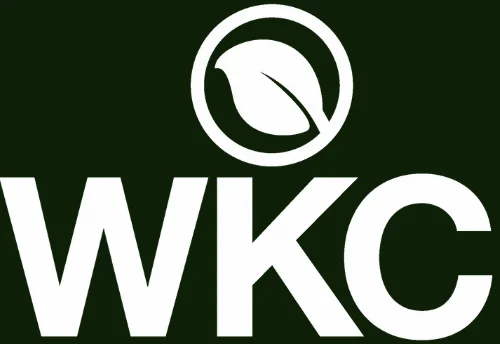Why We Need Noise Prediction Modelling
By Sean Graham, WKC Group
Establishing the noise environment of a location would typically consist of conducting noise measurements using a sound level meter. Multiple locations in which to measure from may be necessary to account for different but important receptors to noise, as well as frequent measurements if one or more noise sources vary over time. But what approach do you take if the impact of a noise source you need to evaluate has not yet been built or installed, such as a future rail line or a music festival? What if you wanted to evaluate the potential noise level on various floors of a planned hotel? Or the cost / benefit of noise controls if there is a potential noise impact?
Noise prediction modelling offers the most scientifically and internationally recognised means of doing so, and arguably one of the most sophisticated, internationally recognised software suites for this purpose is SoundPLAN.
Why is noise modelling so essential?
Using relatively simple physics, you could perform a quick calculation that predicts a noise level at a particular location in space from a source. But this becomes tedious and time consuming if you need to evaluate the impact to receptors from many sources of noise. Other factors that simple physics would not resolve easily include consideration of various distances over which an impact could occur, or if the source-to-receiver path is not completely direct due to complex terrain, diffraction, or reflection from surfaces. This is where computational modelling provides a means to resolve multiple considerations rapidly and reliably.
Advantages of modelling
The key advantage of noise modelling is the ability to visualise the effects of noise over a large area. Noise contour mapping allows regulators, planners and other stakeholders to comprehend noise impacts for development proposals that have not yet been constructed. Providing predictions in this way makes a highly complex domain of environmental science to be effectively communicated by stakeholders that are not necessarily experts in this field.
 Source: SoundPLAN’s Grid Noise Map of Road Traffic
Source: SoundPLAN’s Grid Noise Map of Road Traffic
Following national and international standards you can alter aspects of a noise impact simulation to determine the outcomes of development alternatives and evaluate design considerations which can minimise or even remove potential noise impacts. For example, noise tools applied by WKC Group allow almost all types of noise sources to be evaluated in this way. For traffic related noise this may include Calculation of Road Traffic Noise (CRTN); for rail noise there is Calculation of Rail Noise (CRN); or construction noise using British Standard 5228.
Examples of noise modelling applications
Prediction of noise levels can help tremendously with the detailed design of developments or the mechanisms for controlling noise impacts with various noise reduction measures. For example, noise levels can be predicted and visually displayed for all floors and façades of building developments allowing the use of expensive measures for noise control (such as enhanced window glazing specifications) to be optimised to avoid excessive cost.
 Source: SoundPLAN’s Façade Noise Map on a new Development
Source: SoundPLAN’s Façade Noise Map on a new Development
Noise modelling using, for example, SoundPLAN, allows detailed planning of control measures to avoid excessive cost. Another example includes the design of a barrier to screen noise from road traffic bridges, as applying predictive modelling minimises the barrier height to reduce cost but provides assurance that the selected height will afford the necessary protection to sensitive receptors. Evaluation of the need for, and cost / benefit of noise control measures is central to the approach applied by WKC Group.
 Source: SoundPLAN’s Grid Cross Section Map of the Noise Impact from Road Traffic on a Bridge
Source: SoundPLAN’s Grid Cross Section Map of the Noise Impact from Road Traffic on a Bridge
If you would like to hear more about our environmental noise modelling capabilities or would like to discuss a specific requirement, please contact me at Sean.graham@wkcgroup.com.


